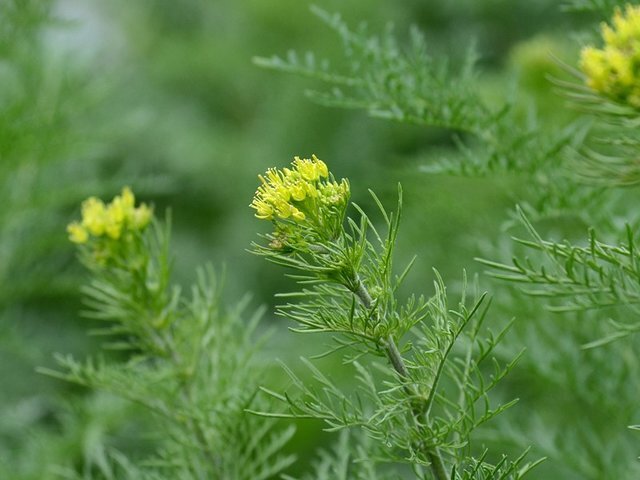More than 8,000 plant species identified in Iran

TEHRAN - In terms of biological and genetic diversity, Iran is among the top twenty countries in the world, so more than 8,000 plant species and a significant number of exclusive species in Iran have placed important parts of the country in the world's biodiversity hotspots.
According to Ali Salajeqeh - head of the Department of Environment - Iran is the origin of an important part of the valuable genetic reserves of the world and the primary and secondary center of diversity of countless important species, including wheat, apple, saffron, pistachio, rose, pomegranate, as well as medicinal plants.
The policy of the Forests, Range, and Watershed Management Organization is in the exploitation of natural resources in the form of management plans. Therefore, in biological operations, the use of species that contain medicinal, aromatic, and edible products is prioritized.
Edible plants
Many plants, including Mentha, Rheum, Rhus, and Crocus, and a variety of shrub fruits, including Crataegus, Mespilus, and Berberis, are raw or cooked or they are used as a spice in all kinds of food. Since ancient times, these plants have been used in cooking various native and local dishes.
Medicinal Plants
In the pharmaceutical industry and traditional medicine, different parts of each plant, including roots, leaves, fruits, flowers, seeds, and plant oils are used in various forms such as poultices, infusions, syrups, and herbal extracts.
The effects of these plants can be seen in various ways, such as soothing against anti-inflammation, anti-flatulence, anti-nausea, anti-arteriosclerosis, anti-cough, anti-asthma, anti-parasitic, anti-blood pressure, blood purifier, diuretic, expectorant, laxative, and tonic.
Ornamental plants
There are plants that are used to decorate green spaces or as houseplants. These plants are kept for display or because of their special aroma. Sometimes, the unusual characteristics of these plants make them classified as ornamental plants. Nowadays, the cultivation of ornamental flowers and their export and import has become one of the most important incomes of countries.
Industrial plants
There are plants that are used in different industries or their modified varieties or their compounds and products are used as raw materials in different sectors of industry, cultivation, etc. Starch products, sugar products, oil products, essential oil products, colored products, and textile products are manufactured using industrial plants.
Soil stabilizing plants
These plants are usually found in steep areas or in deserts and stabilize soil and sand and play a decisive role in controlling floods and advancing deserts. Soil protection depends on the protection of vegetation and the destruction of vegetation means the destruction and loss of soil.
Low vegetation
Considering that Iran is one of the countries with low vegetation and only seven percent of its total area is covered with forests, the need to increase the country's green space is very important.
One of the very important reasons for increasing the country's vegetation is that Iran is the seventh carbon-producing country in the world and in terms of carbon absorption, Iran has a very low rank.
Due to the importance of the per capita increase in Iran's green spaces, a campaign titled "Green Iran, Strong Iran" and a national program for planting one billion saplings over the course of four years were launched.
Experts say tree planting is a climate change solution that doesn’t require scientists to come up with technological solutions to draw carbon dioxide out of the atmosphere. It is available now. It is the cheapest one possible and every one of us can get involved.
The national budget bill for the current Iranian calendar year (March 2023-March 2024) has allocated a special line of credit for planting trees.
MG
